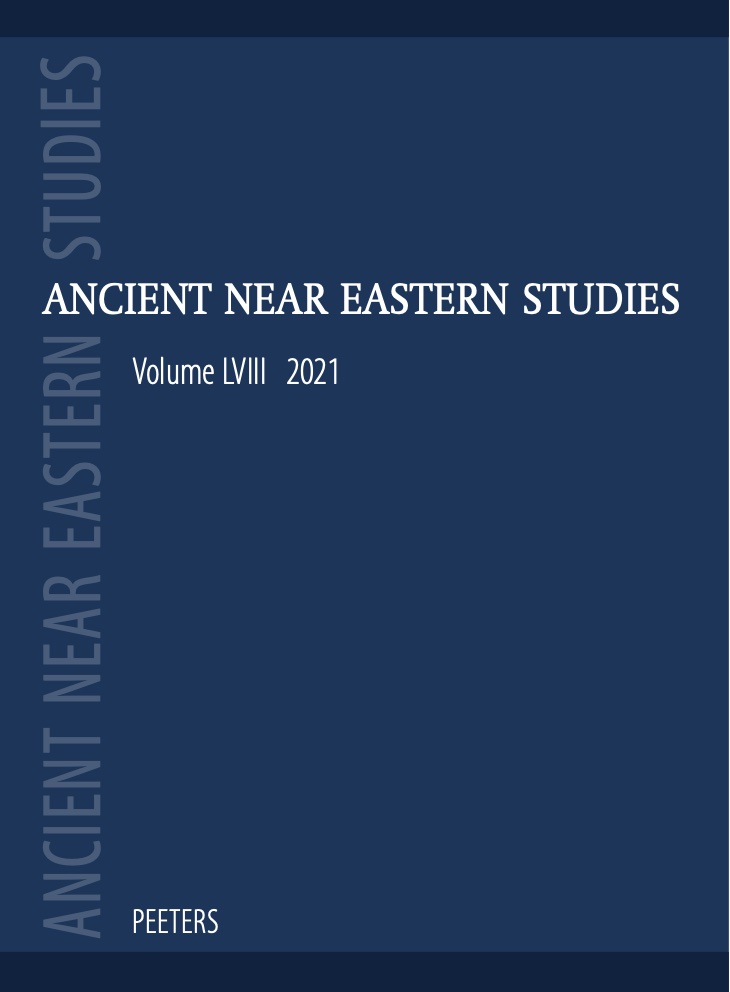 previous article in this issue previous article in this issue | next article in this issue  |

Preview first page |
Document Details : Title: The Great Anatolian Melting Pot? Subtitle: Migration and State Formation at 'Phrygian' Gordion Author(s): MORGAN, Kathryn Journal: Ancient Near Eastern Studies Volume: 61 Date: 2024 Pages: 45-60 DOI: 10.2143/ANES.61.0.3294022 Abstract : Discussions of the formation of the Phrygian state have long been linked, either directly or indirectly, to a migration explanation – specifically, to the movement of a population group from the Balkans to central Anatolia in the Early Iron Age – in the wake of the Bronze Age collapse. Though rarely made explicit, this has contributed to the reconstruction of a Phrygian state based at Gordion where political identity was defined along ethnolinguistic lines. Such reconstructions have been reinforced by an overreliance on later Greek historical sources for our definitions of 'Phrygian'. Elsewhere in Anatolia, however, most notably in the Syro-Hittite region to the southeast, scholars increasingly agree that political affiliation was not so ethnolinguistically determined, and instead that a distinctive brand of urbanism, facilitated by integrative local social practices, was a key factor in constructing political communities in this formative period. This paper first summarises the evidence for a Balkan migration to Gordion and outlines its limitations for understanding the origins of the complex polity based there. An alternate, place-based model of 'Phrygian' political identity is instead proposed, with some discussion of its implications for the archaeology of Phrygian Gordion and central Anatolia more broadly. |
|


